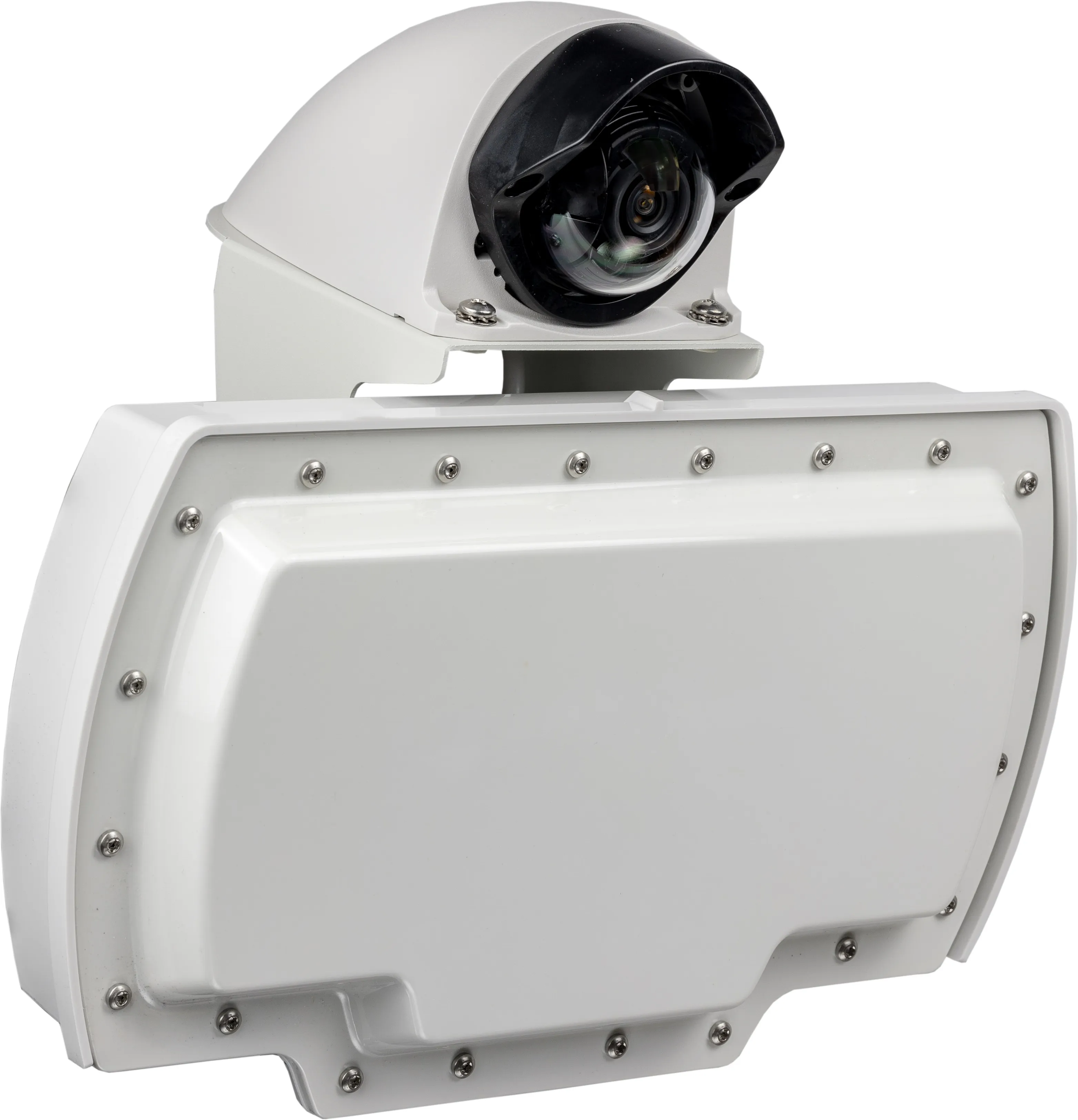Sensys Traffic has obtained an order worth more than US$200,000 for mobile speed monitoring systems for a new market in the Middle East. Sensys says their mobile speed enforcement systems are very compact and versatile, containing a radar, a processing and data storage unit and a digital camera. The system is non-intrusive and requires no in-road sensors. The equipment is ideal for in-vehicle operation or may be installed on a tripod. "The Middle East is our second home market, where we have previously del
December 13, 2012
Read time: 1 min
Sensys says their mobile speed enforcement systems are very compact and versatile, containing a radar, a processing and data storage unit and a digital camera. The system is non-intrusive and requires no in-road sensors. The equipment is ideal for in-vehicle operation or may be installed on a tripod.
"The Middle East is our second home market, where we have previously delivered to the United Arab Emirates, Bahrain and Oman. It feels promising for future business now that we can show what we can do in yet one more country. We are also very pleased to contribute in this way to greater traffic safety in the Middle East," says Johan Frilund, CEO of Sensys.









